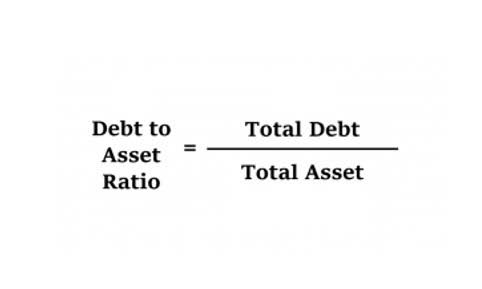
They can pay dividends to shareholders, reinvest in the business, buy back their shares, or reduce their debt. To be comparable from company to company and from year to year, net profits after tax must be shown before minority interests have been deducted and equity income added. Profit margin analysis offers insight into how well a company generates and retains money. As we can see, both Company X and Company Y have the same NPM even though Company Y is 10 times bigger. Also, Company Z and Company X have the same net income, but their margins differ drastically. Company X, Y, and Z all operate in the same industry and report the following numbers on their income statements during this period.
Uses of Profit Margin in Business and Investing
For the majority of small businesses, gross profit margin and net profit margin will be most important and most meaningful. These two metrics will let you compare your business with others in your industry so you can see at a glance how you are doing, regardless of the size of your competition. Once you know your gross profit you need to subtract your operating expenses from it to get your operating income number. This is how much you pay for rent, utilities, payroll and everything except income taxes and interest.
Gross Profit vs. Gross Profit Margin
- Companies with a high return on equity are usually more capable of generating cash internally, and therefore less dependent on debt financing.
- Your profit is what is left after taking revenues and then subtracting all of your expenses for a specific time frame.
- As with any ratio used on its own, margins can’t tell the whole story about a company’s prospects.
- It’s helpful to compare the profit margins over multiple periods and with companies within the same industry.
- If the company was able to negotiate better prices with its suppliers, reducing its COGS to $500,000, then it would see an improvement in its operating margin to 50%.
Net profit margin is determined by dividing a company’s net income by its revenue and multiplying the result by 100. The net profit margin formula is described in greater detail later in this story, along with hypothetical and real examples. Like most profitability ratios, this ratio is best used to compare like sized companies in the same industry. The most significant profit margin is likely the net profit margin, simply because it uses net income. The company’s bottom line is important for investors, creditors, and business decision makers alike. This is the figure that is most likely to be reported in a company’s financial statements.
Profit Margin

Besides his extensive derivative trading expertise, Adam is an expert in economics and behavioral finance. Adam received his master’s in economics from The New School for Social Research and his Ph.D. from the University of Wisconsin-Madison gross margin accounting in sociology. He is a CFA charterholder as well as holding FINRA Series 7, 55 & 63 licenses. He currently researches and teaches economic sociology and the social studies of finance at the Hebrew University in Jerusalem.
For information pertaining to the registration status of 11 Financial, please contact the state securities regulators for those states in which 11 Financial maintains a registration filing. 11 Financial may only transact business in those states in which it is registered, or qualifies for an exemption or exclusion from registration requirements. 11 Financial’s website is limited to the dissemination of general information pertaining to its advisory services, together with access to additional investment-related information, publications, and links. If the company was able to negotiate better prices with its suppliers, reducing its COGS to $500,000, then it would see an improvement in its operating margin to 50%. Corporate profit numbers indicate a company’s financial success, ability to reinvest, attract investors, and provide returns to shareholders.
So, a good net profit margin to aim for as a business owner or manager is highly dependent on your specific industry. It’s important to keep an eye on your competitors and compare your net profit margins accordingly. Additionally, it’s important to review your own business’s year-to-year profit margins to ensure that you are on solid financial footing. Margins for the utility industry will vary from those of companies in another industry. According to a New York University analysis of industries in January 2022, the average profit margins range from nearly 29% for railroad transportation to almost -20% for renewable and green energy.


What Is Profit Margin?

- The most significant profit margin is likely the net profit margin, simply because it uses net income.
- Gross margin ratio compares the costs to make a product with the gross revenues of sales from that product.
- The most common and widely used type of profit margin is net profit margin, which accounts for all of a company’s costs, both direct and indirect.
- Drilling it down further helps to identify the leaking areas—like high unsold inventory, excess or underutilized employees and resources, or high rentals—and then to devise appropriate action plans.
- Margin ratios represent the company’s ability to convert sales into profits at various degrees of measurement.
